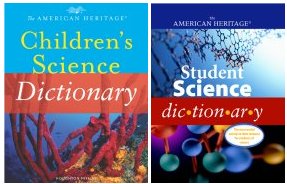Chew for Health Additional Information
To learn about what gum is made of, check out www.home.howstuffworks.com/question86.htm(How Stuff Works).
See how two students tested which brand of gum forms the biggest bubbles at www.sfusd.k12.ca.us/schwww/sch773/review/gumproject.html (San Francisco Unified School District).
Sohn, Emily. 2006. Spit power. Science News for Kids (Feb. 1). Available at http://www.sciencenewsforkids.org/articles/20060201/Feature1.asp.
Raloff, Janet. 2004. Cinnamon cleans the breath. Science News Online (May 22). Available at http://www.sciencenews.org/articles/20040522/food.asp.
Books recommended by SearchIt!Science:
![[book]](https://www.sciencenewsforstudents.org/wp-content/uploads/2019/11/a1425_b1189.jpg) |
How Sweet It Is (and Was): The History of Candy
Published by Holiday House, 2003.
What was candy like before people learned to refine sugar? Would you like to attend a banquet where the plates and goblets were made of sugar? Where does chocolate come from? How has technology changed candy? Find the answers to these candied questions, and more, in this illustrated history of candy. Cartoons accompany the text, which begins with the use of sugarcane in India. Learn about maple sugaring, the history of chocolate, early American “penny candy,” and the accidental invention of fudge. If your sweet tooth is ready to nibble by the end of the book, a few recipes are appended. The book also includes a time line of candy history. |
Power Words
cavity 1. A hollow area, such as one in a bone. 2. A hole in a tooth that is caused by decay.
mineral One of many different solid chemical compounds that are found in rocks and soil and are sometimes dissolved in water. Each mineral has a specific mix of chemical elements and a specific structure. Quarts, mica, and feldspar are minerals.
resin 1. A clear, yellowish or brownish substance that oozes from certain trees and plants. Resins are used to make varnishes, plastics, and medicines. 2. A substitute made in the laboratory that is like a natural resin. Like natural resins, artificial resins are also used to make plastics.
saliva The watery fluid in the mouth that is produced by glands under the tongue and in the jaw. Saliva moistens food and contains enzymes that help in digestion.
vitamin A chemical compound that is found in nature and needed by living things for good health. Most vitamins cannot be made by the body and must be taken in as food. Plants get vitamins by absorbing them from the soil.
Copyright © 2002, 2003 Houghton-Mifflin Company. All rights reserved. Used with permission.
